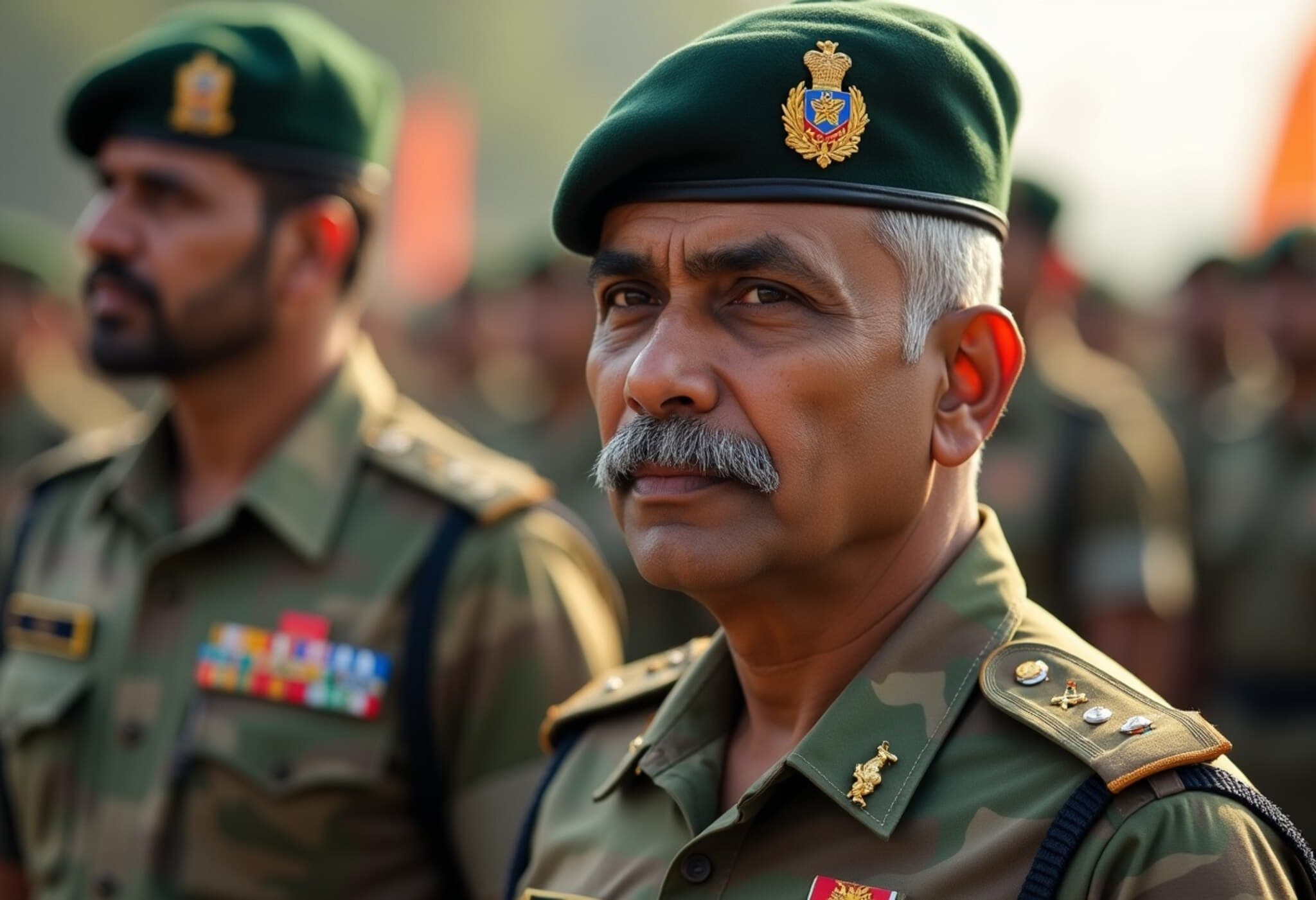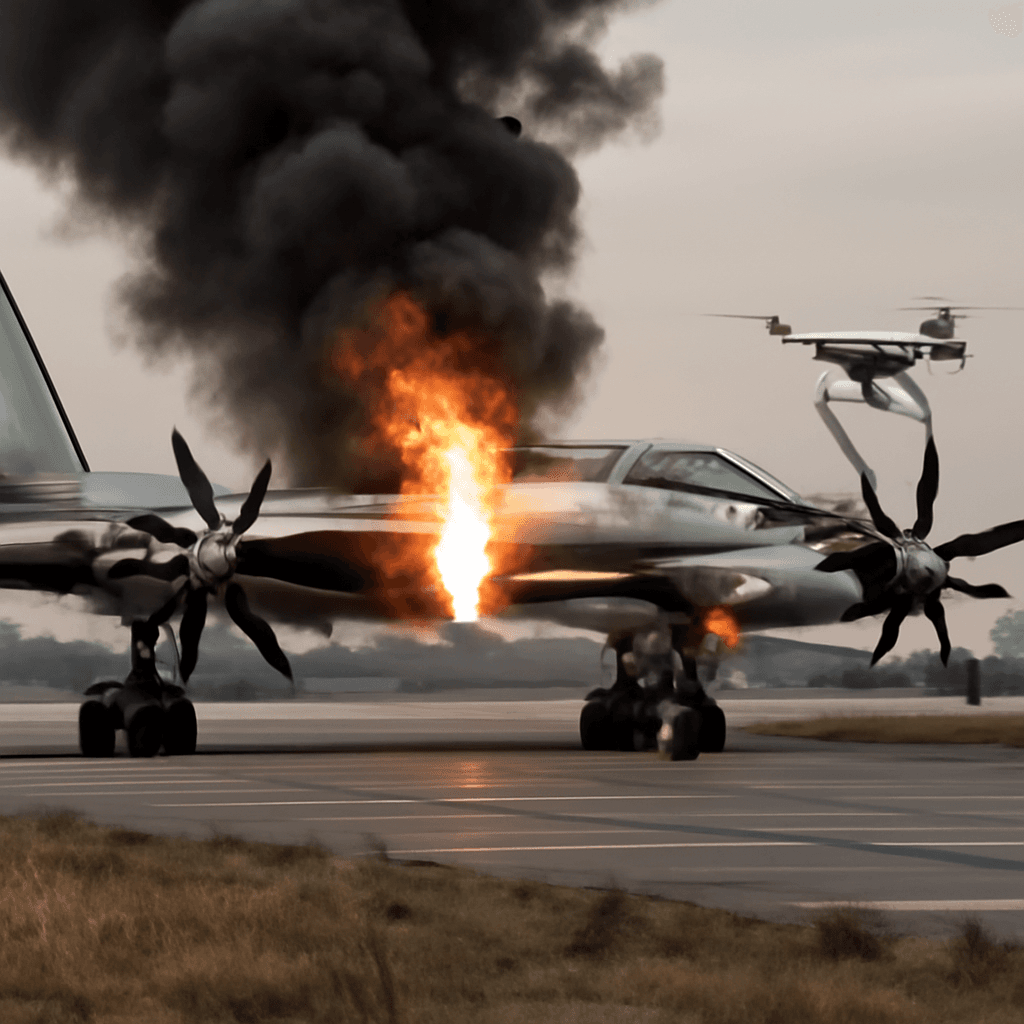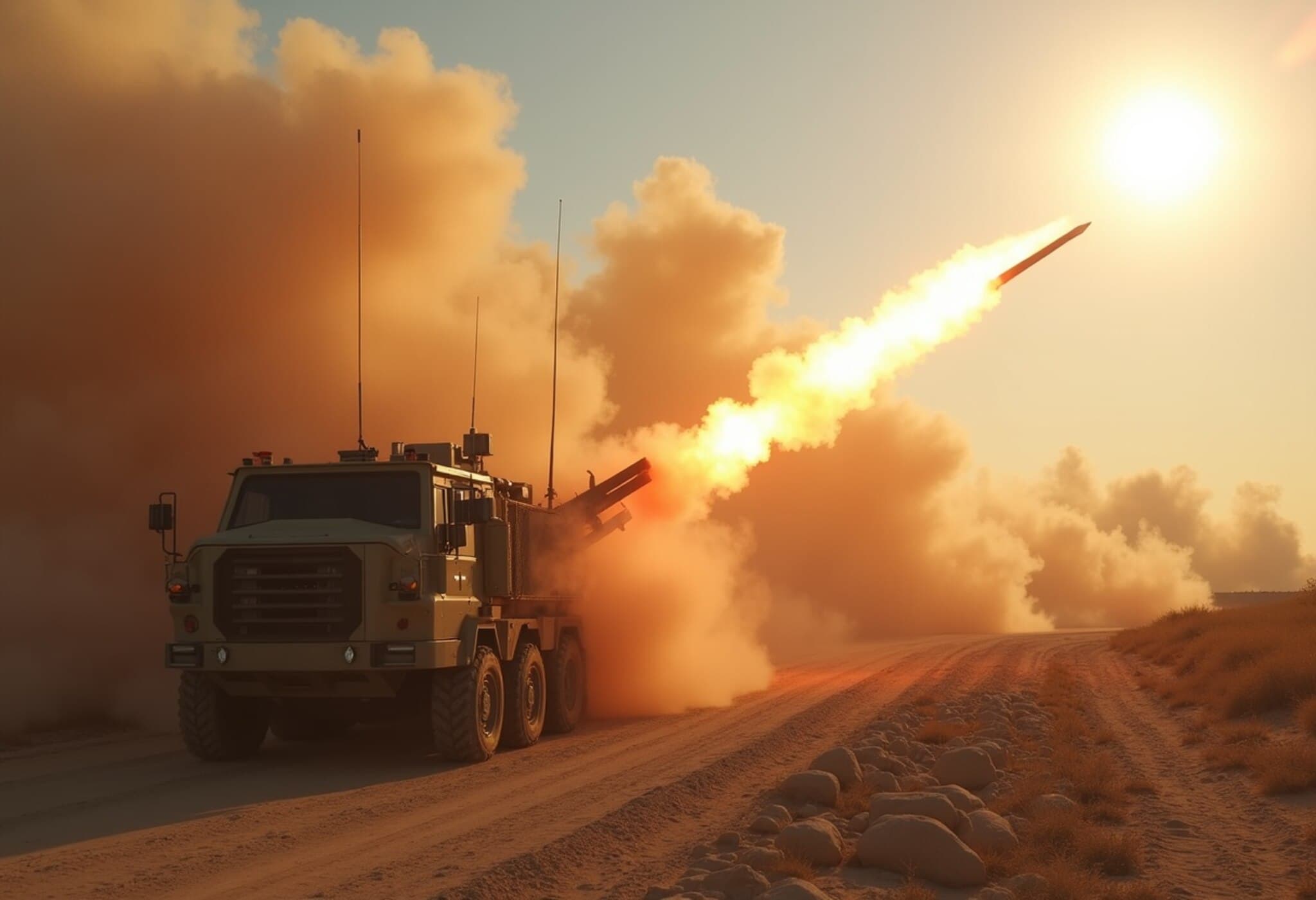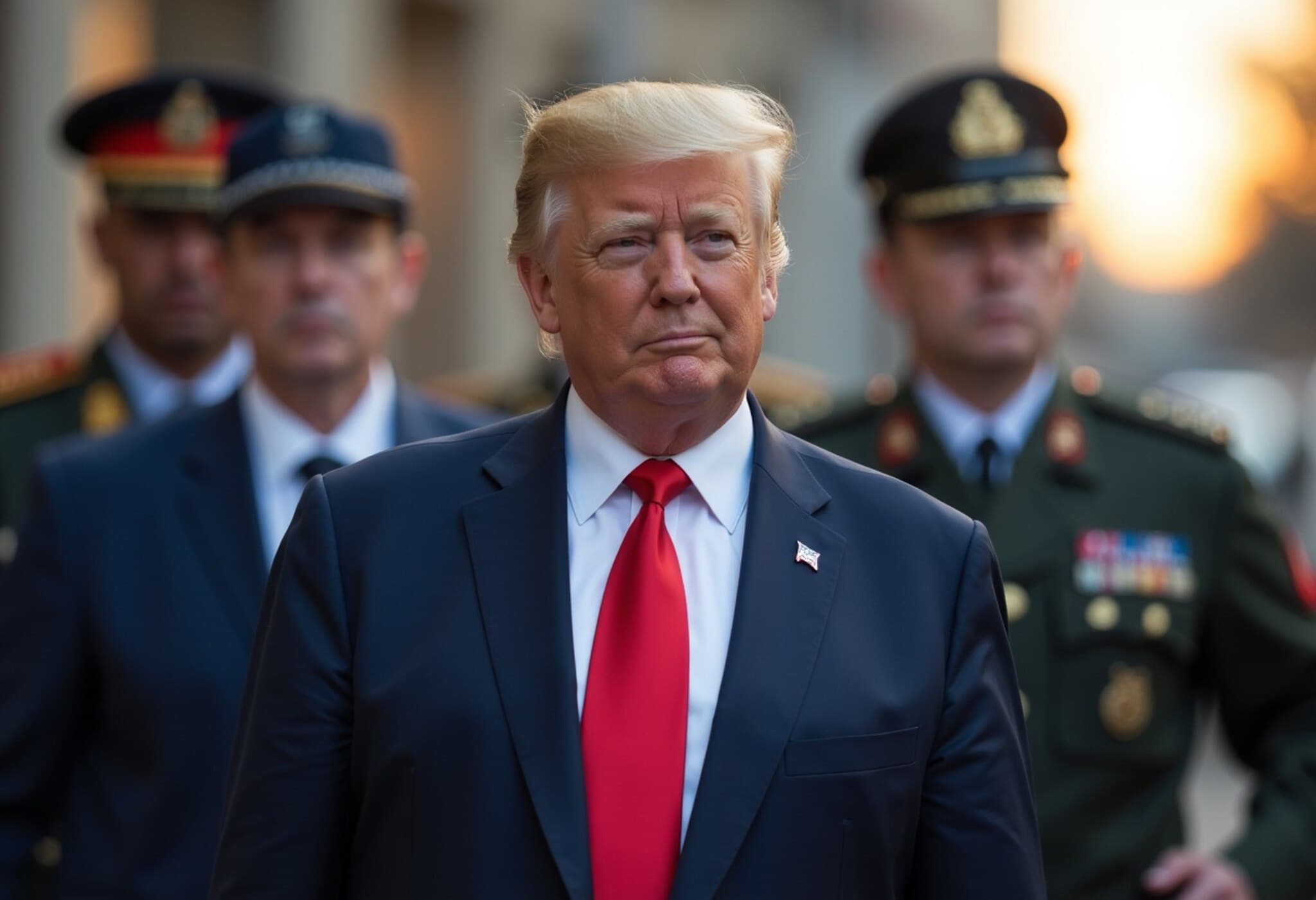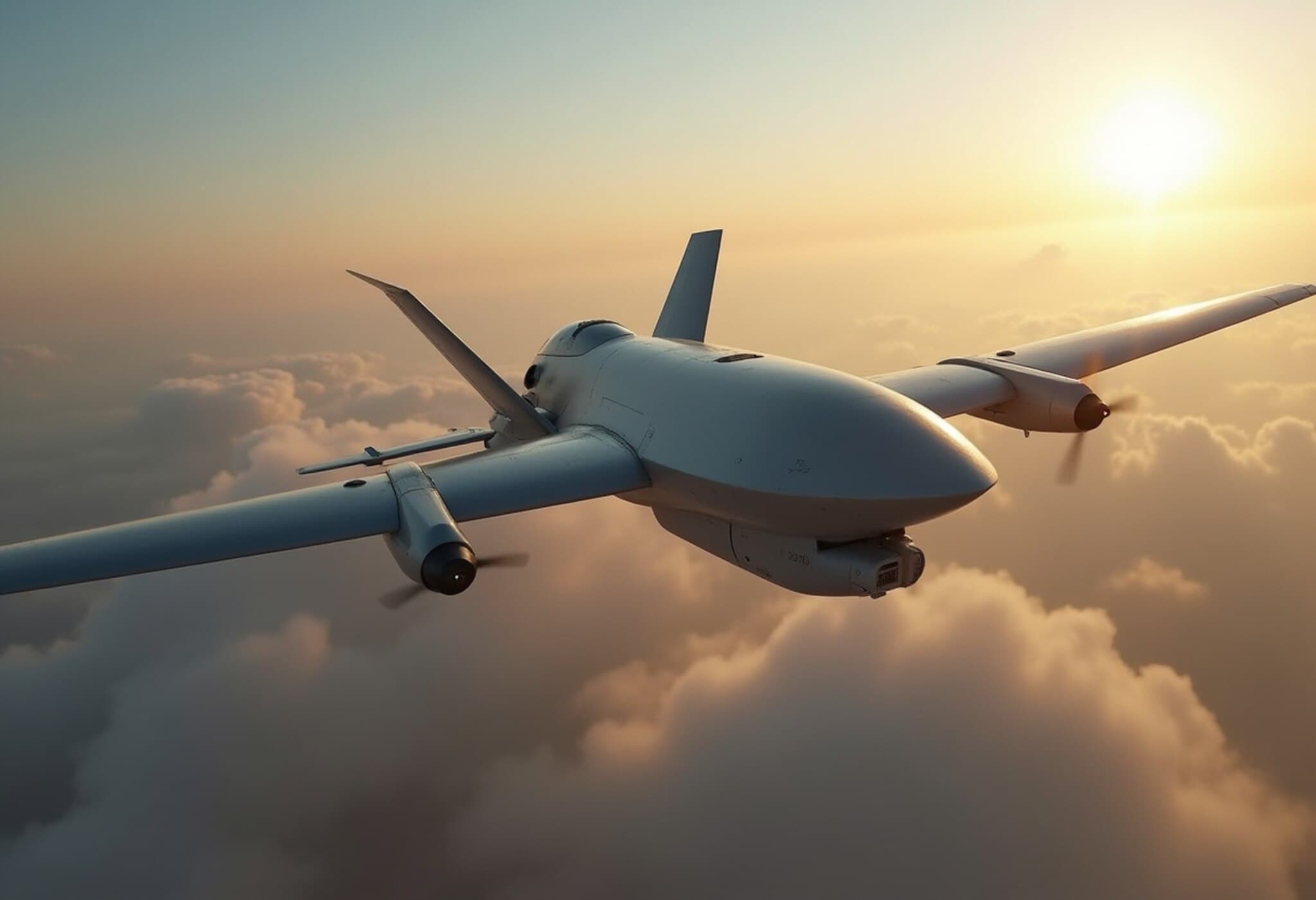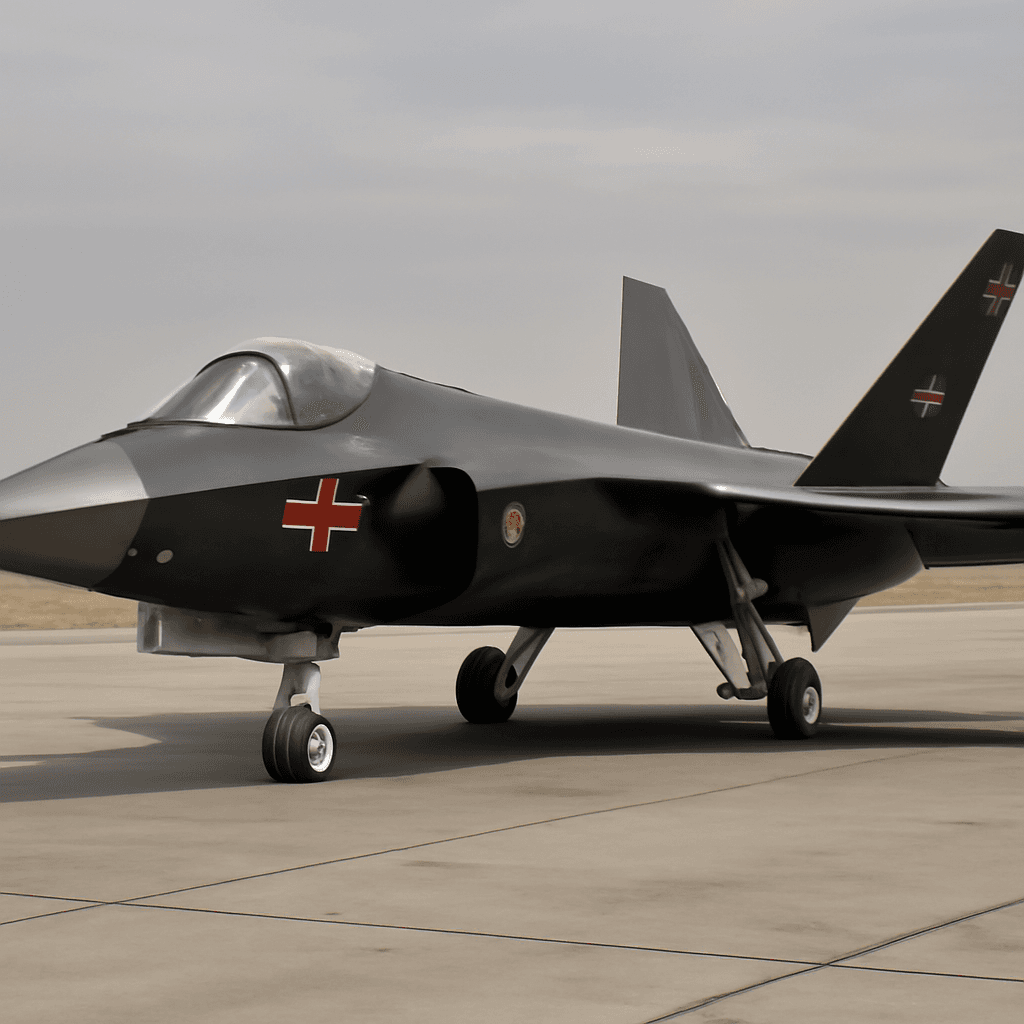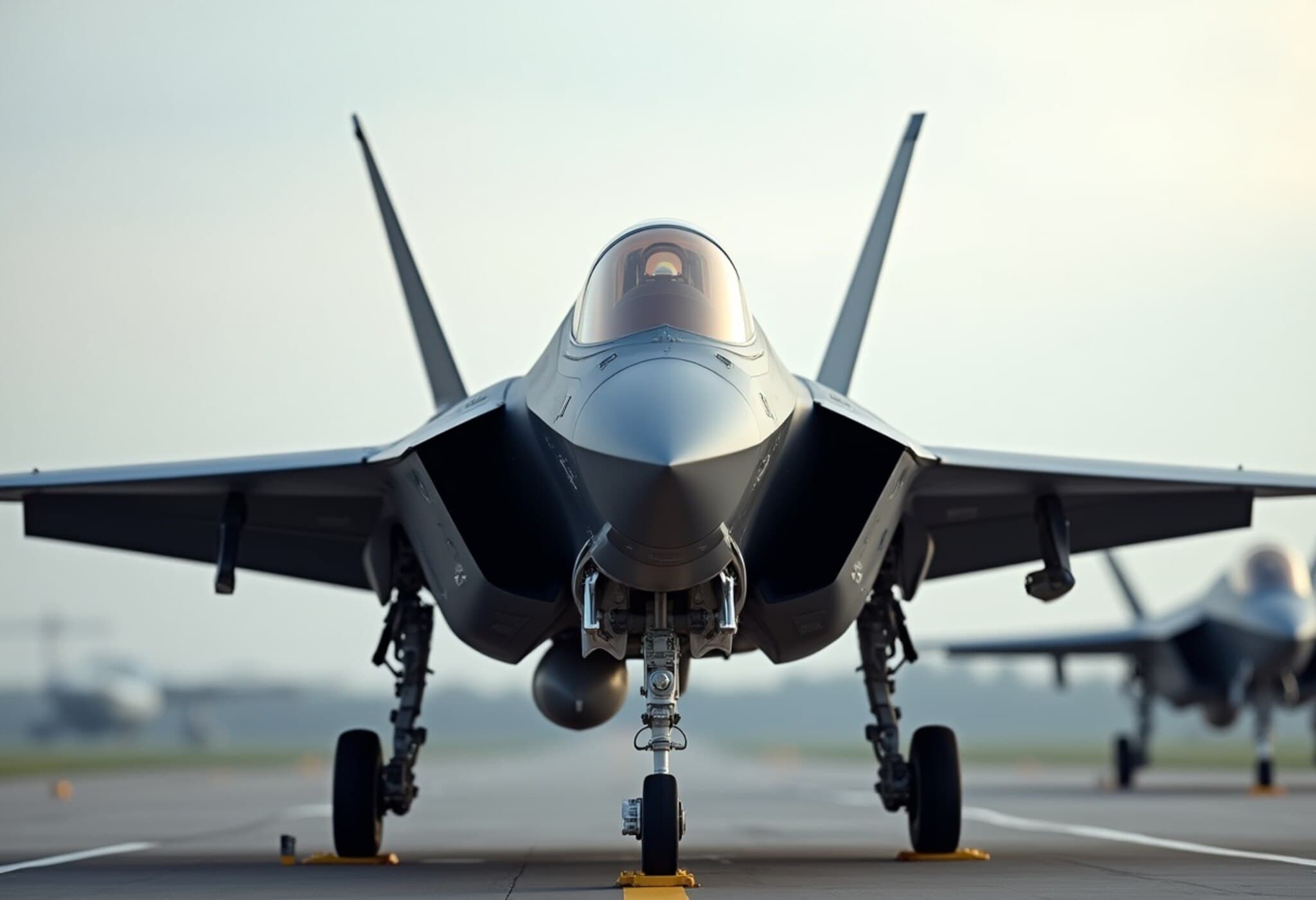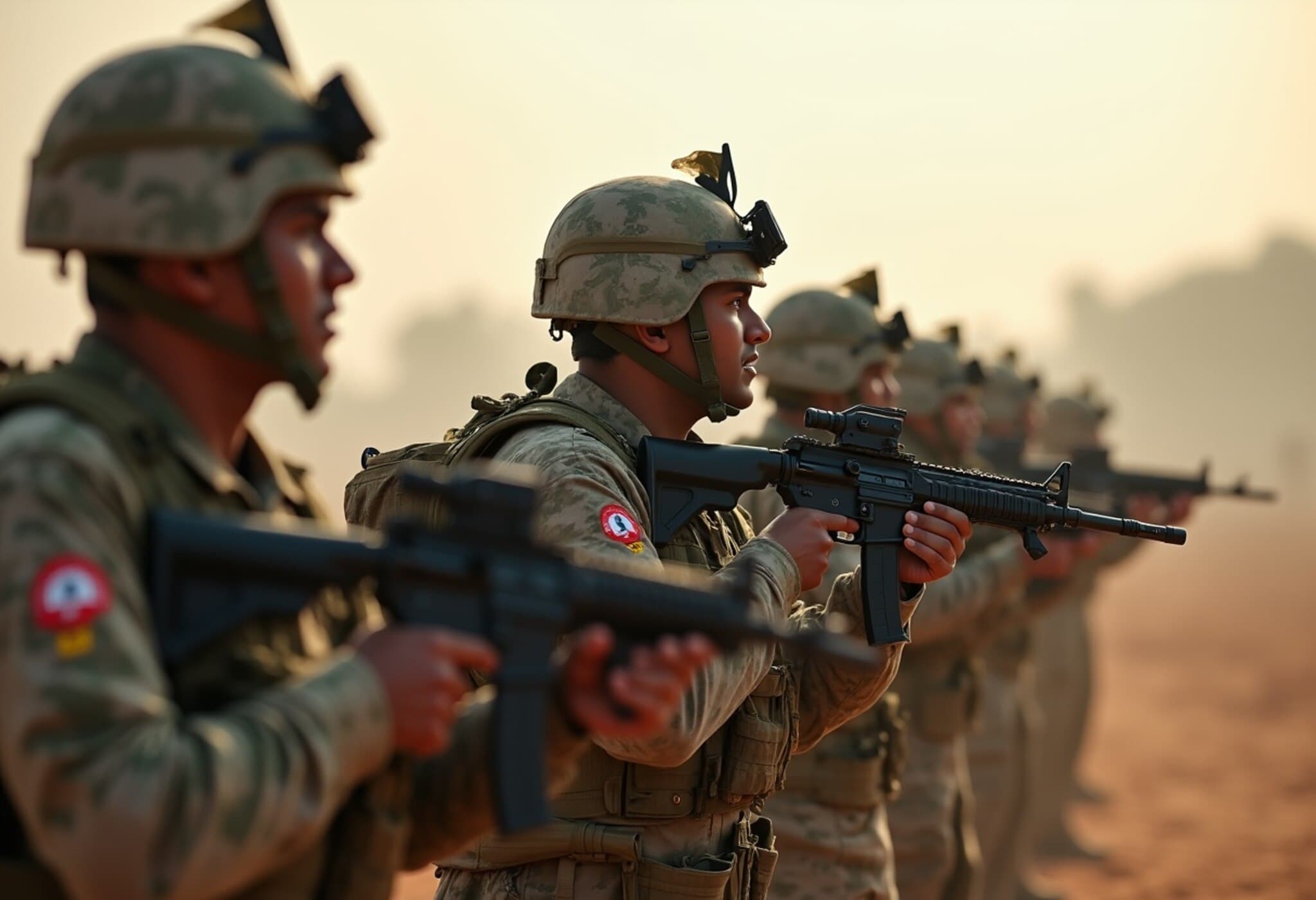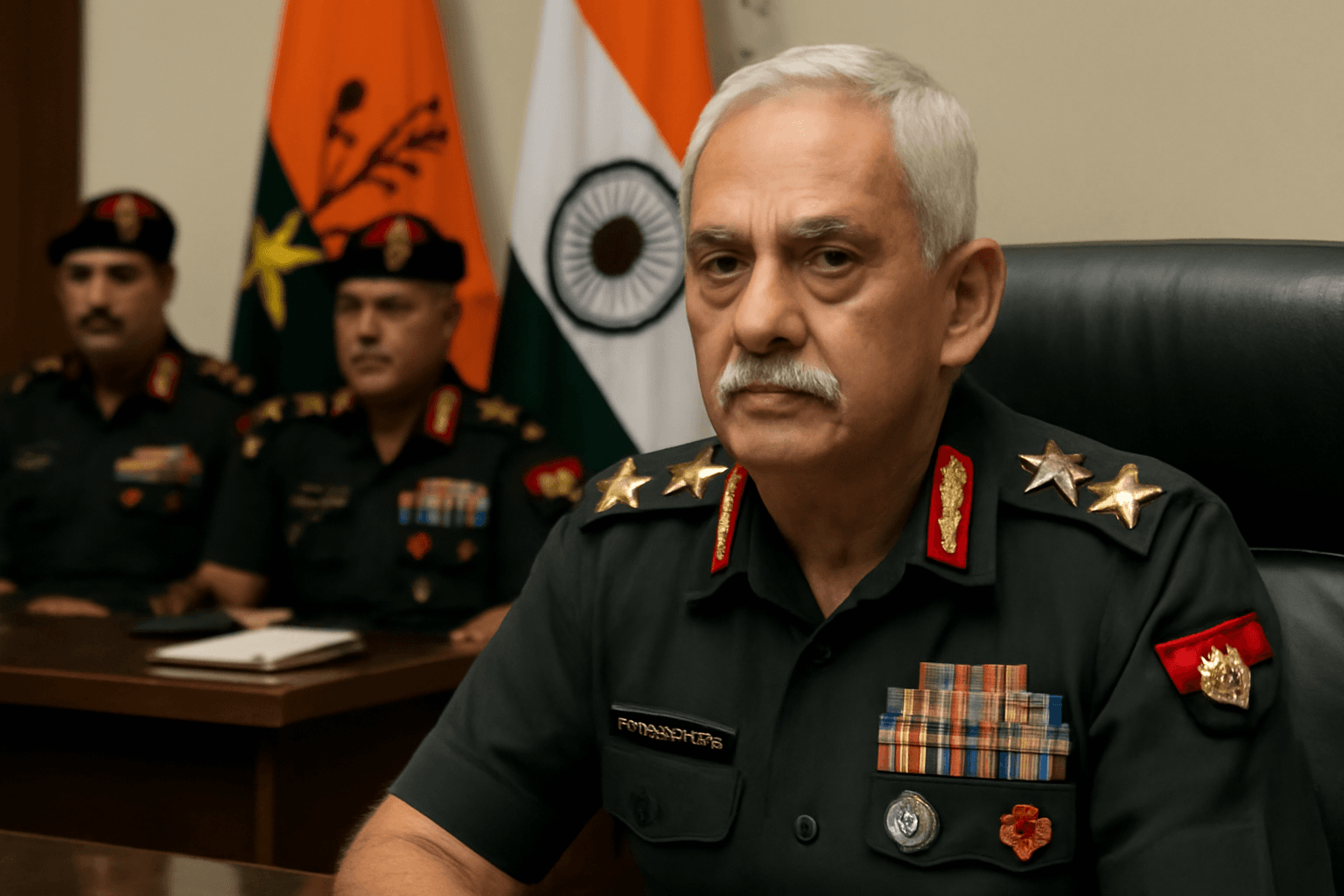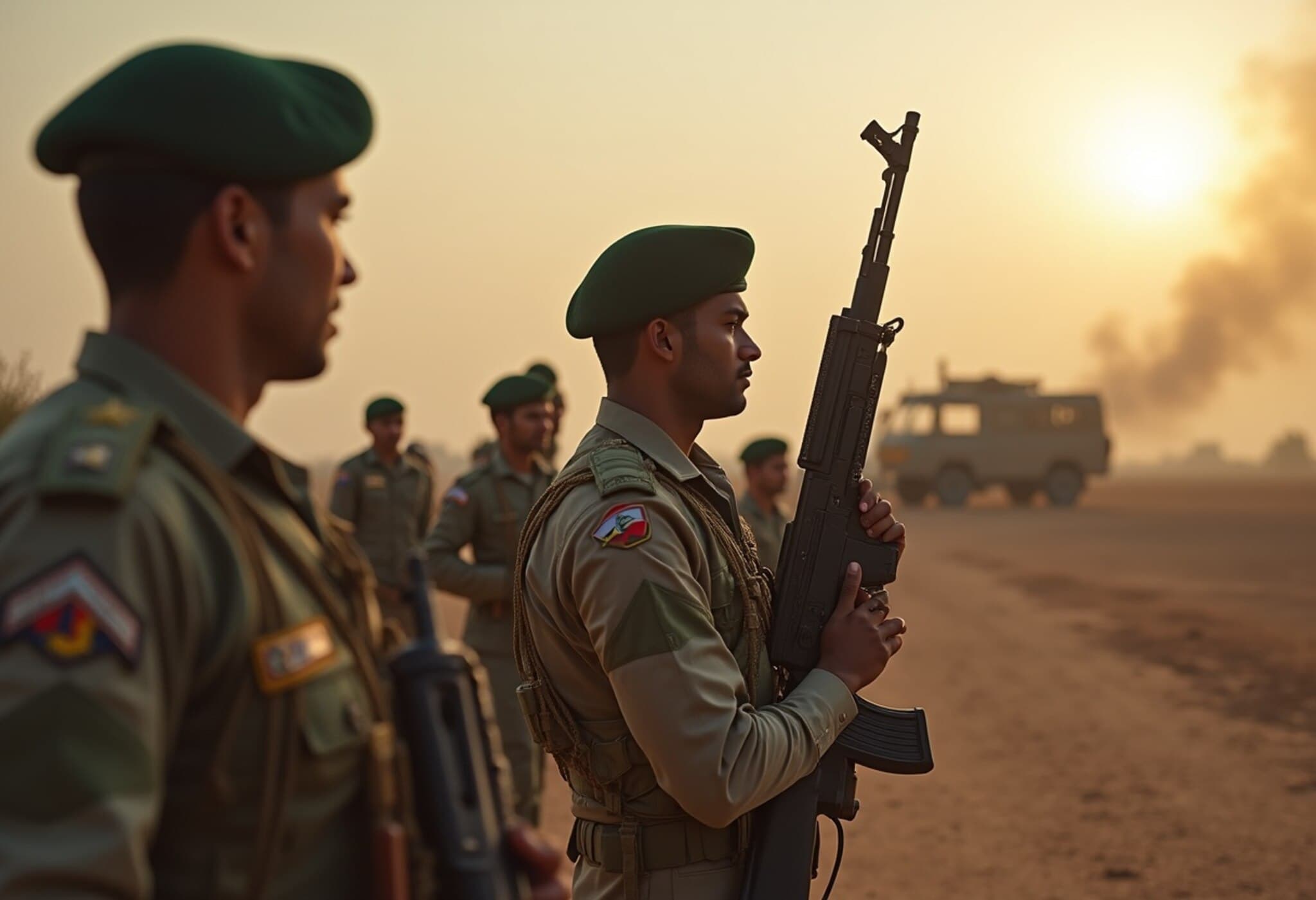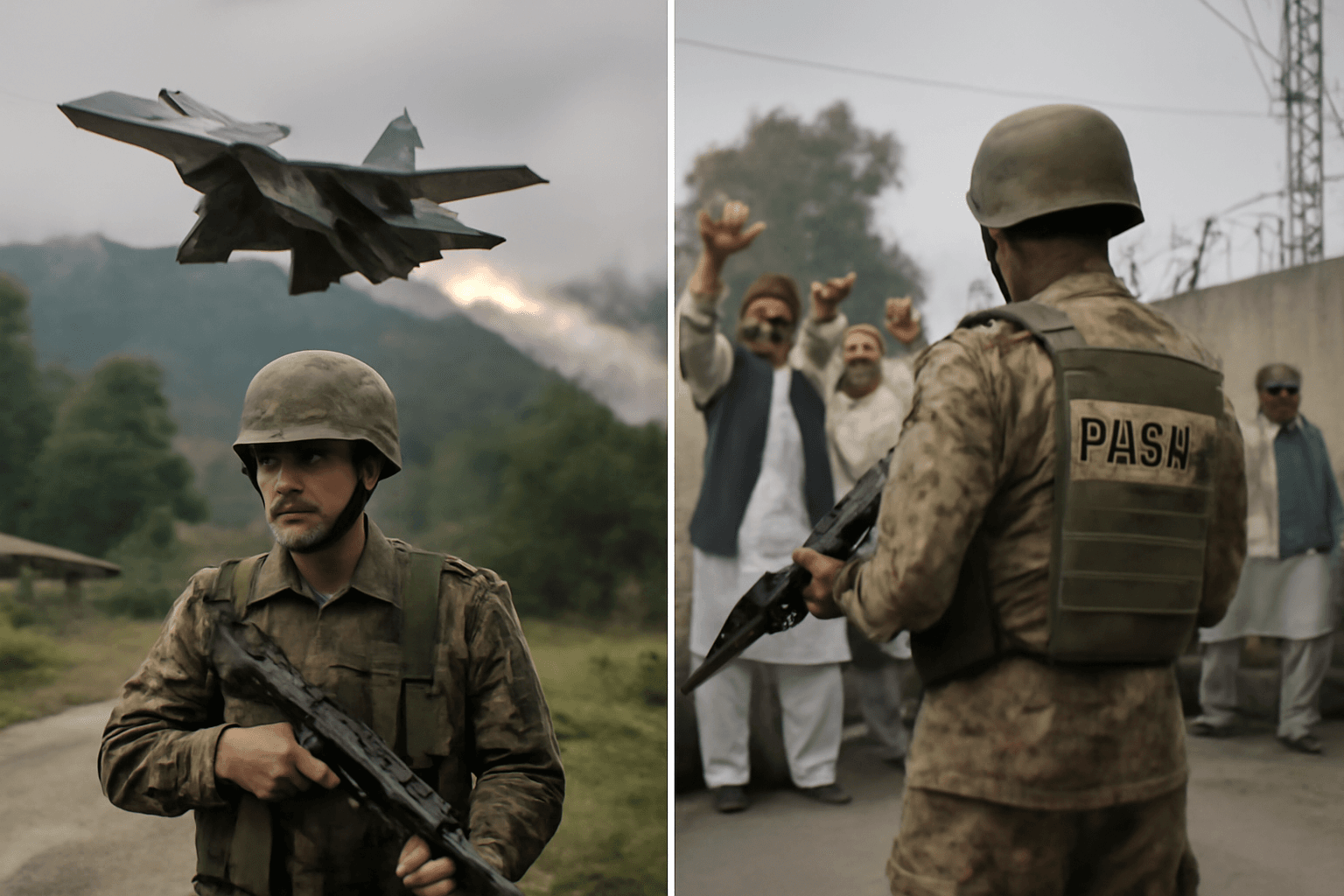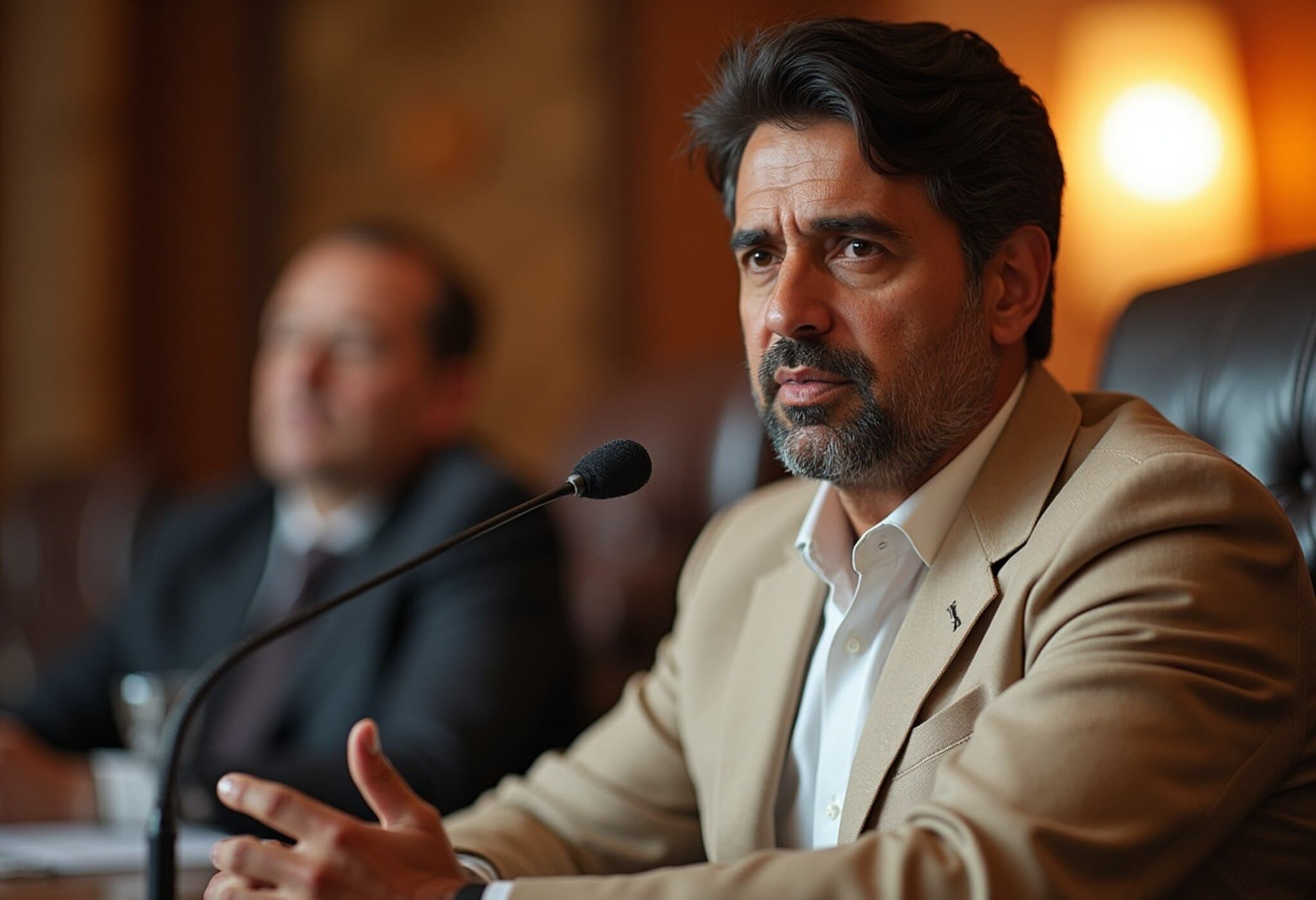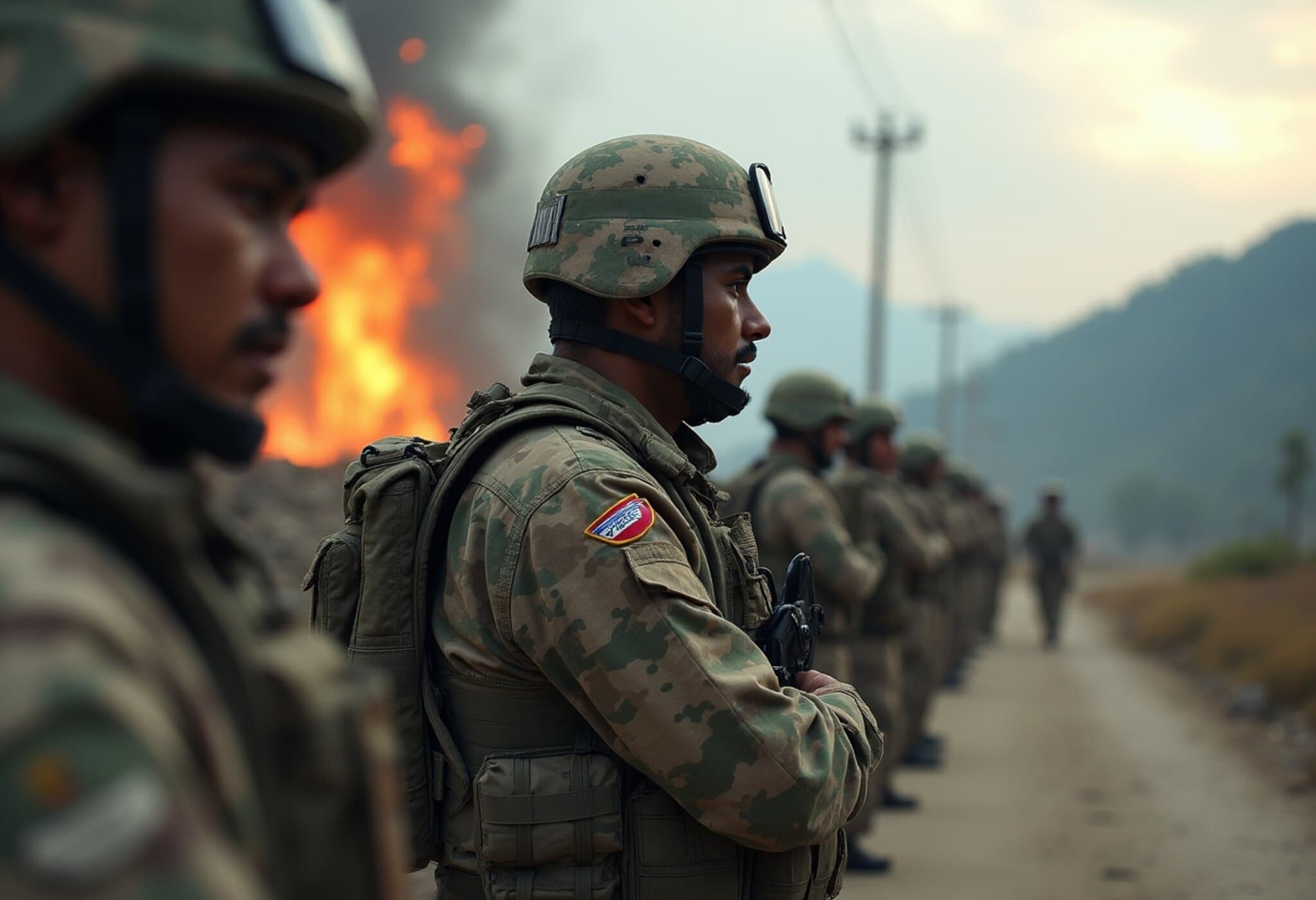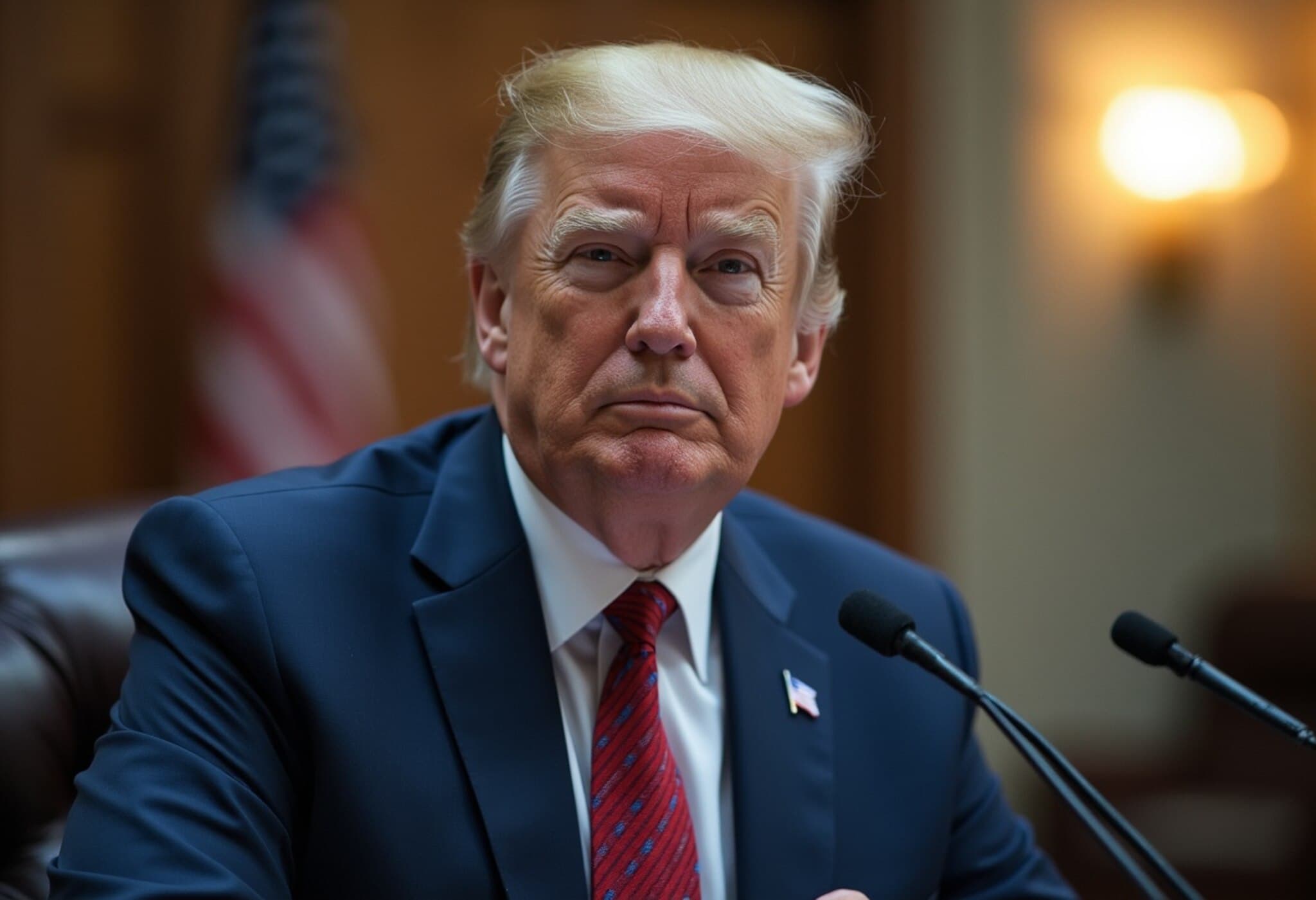Operation Sindoor: A Strategic Military Masterstroke Unveiled
In an unprecedented disclosure, Indian Army Chief General Upendra Dwivedi has opened a window into the intricate planning and execution of Operation Sindoor, India’s decisive military response following the 22 April terror attack in Pahalgam orchestrated by Pakistan-backed militants. Delivered during the inauguration of the Indian Army’s research cell, Agnishodh, at IIT Madras, his remarks shed light on a nuanced and calculated military venture operating in the shadowy "grey zone"—a domain that skirts open warfare yet mounts a strategic offensive of significant impact.
Chess on a Battlefield: Understanding the 'Grey Zone'
General Dwivedi likened Operation Sindoor to a complex chess game where unpredictability and strategic foresight were paramount. “We played chess… We did not know the enemy’s next move or our own till the moment arrived. This grey zone is where we’re not engaging in full-scale conventional war but conducting precise operations that are just short of it,” he explained.
This insight into grey zone warfare aligns with emerging global military doctrines where conflicts are increasingly fought in ambiguous spaces to maximize strategic advantage without escalating into wide-ranging wars.
The Genesis and Execution of the Operation
Planning for Operation Sindoor kicked off on 23 April 2025, just a day after the Pahalgam attack, when Defence Minister Rajnath Singh and the three service chiefs united in calling for a resolute, calibrated military response. “Enough was enough,” Dwivedi recalled, with leadership granting the military free rein to devise and execute a suitable response.
Within two days, the Northern Command had successfully neutralized seven of nine designated high-value terrorist targets, significantly degrading militant capabilities and sending a robust signal to adversaries.
Operation Sindoor Versus Prior Major Military Strikes
While India’s previous retaliatory strikes—such as Uri (2016) and Balakot (2019)—were impactful, Operation Sindoor marked a strategic departure in both scope and depth.
- Uri strikes focused on targeting terrorist launch pads to convey a strong message.
- Balakot strikes aimed deep into enemy territory, specifically at terrorist training camps.
- Operation Sindoor advanced further, penetrating the enemy’s heartland and hitting critical assets codenamed “Nursery” and “Masters.”
According to General Dwivedi, this was the first time Indian forces struck so deep, delivering a shock that reverberated within adversary ranks. Five targets were located in Jammu and Kashmir, and four in Punjab, with operations coordinated closely with the Indian Air Force.
Reflecting on the operation’s potential duration, Dwivedi remarked, “This test match stopped on the fourth day; it could have continued for fourteen days, or fourteen hundred days. We don't know, so we must be prepared for prolonged engagements.” This statement strikingly conveys the operation’s strategic flexibility and readiness posture.
Air Power Dominance: IAF’s Unprecedented Successes
Complementing General Dwivedi’s account, Air Chief Marshal Amar Preet Singh unveiled remarkable details of aerial victories during Operation Sindoor. In his address at the 16th Air Chief Marshal LM Katre Memorial Lecture, Singh disclosed that Indian air defense achieved an unprecedented feat by shooting down five Pakistani fighter jets and one advanced AEW&C/ELINT surveillance aircraft.
This stands as the largest-ever surface-to-air kill tally India has recorded and underscored the robust synergy between the Army and Air Force in the campaign that aggressively targeted terrorist infrastructure near and across India’s borders.
Broader Diplomatic Initiatives Post-Sindoor
Following the operation, India embarked on a unique diplomatic outreach—dispatching seven political delegations comprising 59 parliamentarians, former ministers, and stakeholders across party lines to 32 countries and the European Union headquarters in Brussels. This unprecedented diplomatic initiative signals India’s commitment to politically consolidating its security gains and narrating its strategic vision globally, further reinforcing its stand against cross-border terrorism.
Expert Analysis: Strategic and Policy Implications
Operation Sindoor epitomizes a modern hybrid approach to national security where military precision intersects with broader geopolitical maneuvers. By operating in the grey zone, India demonstrated adaptive deterrence—balancing assertiveness with restraint, aimed at recalibrating adversarial calculations without triggering full-scale war risks.
From an American defense policy viewpoint, this aligns with evolving doctrines focused on layered responses and signaling to adversaries, such as China and Pakistan. The emphasis on combined arms operations and political-diplomatic efforts post-operation reinforces the need for comprehensive strategies that transcend kinetic military actions.
Questions Unanswered: The Road Ahead
- How will prolonged grey zone engagements affect India’s military readiness and regional stability?
- What mechanisms are in place to prevent miscalculation escalating into conventional war?
- How effectively can India leverage its diplomatic outreach to build sustained international consensus against cross-border terrorism?
Editor's Note
Operation Sindoor marks a pivotal shift in India’s defense strategy—melding tactical depth with strategic subtlety in a world where traditional war paradigms are increasingly blurred. While the operation’s success is undeniable, the unfolding diplomatic initiatives reveal India's recognition that military victories must be cemented with political and international legitimacy. For analysts and readers alike, this evolving ‘grey zone’ warfare prompts reflection on modern conflict’s complexities and the need for agile, multi-dimensional policy responses.

